When you visualize a cat in your head, they usually have a long, luxurious tail. For many people, the cat’s long tail is one of the defining characteristics that makes a cat, well… a cat! But did you know that there are certain cat breeds that have very short tails or even no tail at all? These cats are often called Bobtail cats, and they’re an increasingly popular type of cat. Many people are drawn to them because their short tails give them a unique appearance that sets them apart from regular cat breeds.
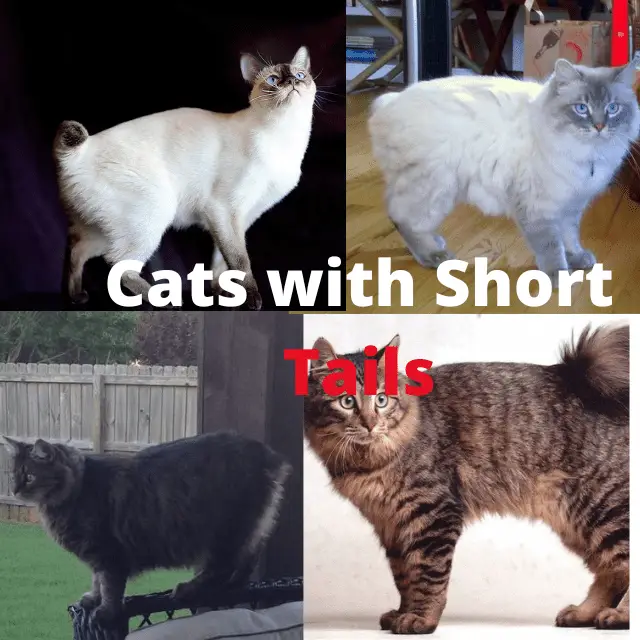
Today, we’re going to take a look at the top 8 cat breeds that have very short tails, and some of them even have no tail at all. Let’s dig in!
Manx Cat
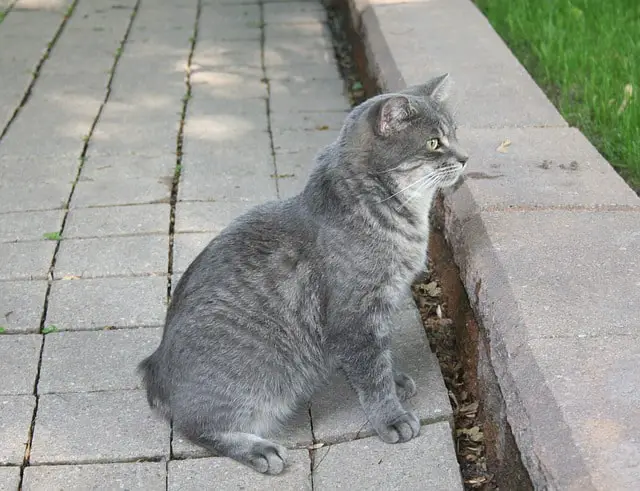
We have to start this list off with the Manx cat because it’s the most well-known breed with a small tail, and sometimes this breed even has no tail at all. When people think of a tailless cat, they often think of the Manx Cat.
The Manx Cat comes from the Isle of Man, which is located in Europe between the United Kingdom and Ireland. In the folk’s tongue, these cats are often known as stubby or rumpy, due to their stump-like tails.
Their short tail is a result of a naturally occurring mutation, resulting in the “Manx taillessness gene”. Since these cats are native to a small island there was little genetic diversity, which caused the gene to become widespread in the area.
These cats are famed for their hunting abilities and because of that, are highly desired by people with rodent problems.
Personality-wise, Manx cats are intelligent and affectionate cats.
Cymric Cat
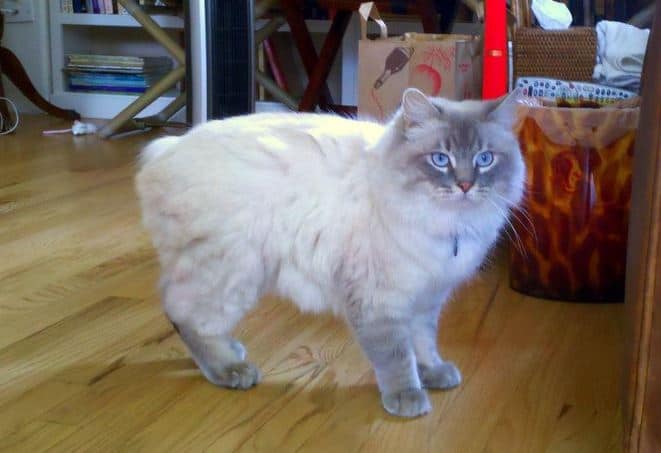
Some cat registries, such as The International Cat Association (TICA) and the Cat Fanciers’ Association (CFA) do not recognize the Cymric Cat as a distinct breed. Instead, they simply call refer to it as the Manx Longhair or Longhaired Manx. However, many other registries such as the World Cat Federation and American Cat Fanciers Association do recognize the Cymric Cat as a distinct breed. Whatever side of the debate you’re on, it’s an interesting short-tailed cat, and definitely worth mentioning on this list.
The name “Cymric” comes from the Celtic word for “Welsh”. The Cymric Cat comes from the Isle of Man, just like the Manx, and possesses the same gene taillessness gene that gives them their unique appearance. However, the long-haired Cymric Cat was first intentionally bred in Canada which lead to a rise in popularity of this breed.
This cat is often described as looking like a hairy ball when running around, due to how much hair it has. Its personality is often described as a placid and sweet cat that doesn’t get upset very easily and is easy to get along with.
Unlike the Manx Cat, the Cymric requires a lot of grooming because of how much hair it has. The fur must be groomed daily to keep their coat in good condition.
American Bobtail
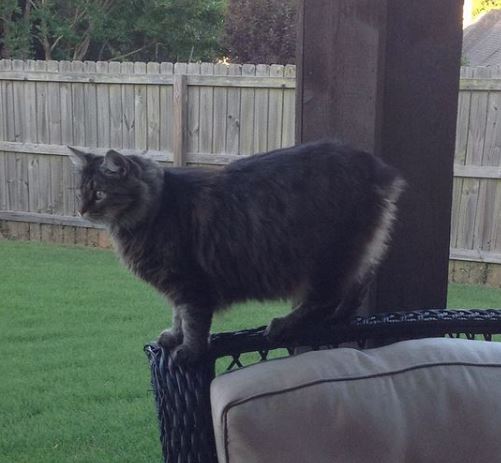
The American Bobtail has an interesting history. The first American Bobtail was a tabby male named Yodie who was dropped off at a motel in Arizona by a child. Yodie quickly stood out because of its remarkably short tail and feral appearance. Because of this, it was first assumed that Yodie was a mixture of a domestic cat and a bobcat. And while it’s indeed possible for wild bobcats to breed with domestic cats, their offspring is almost always sterile.
Interestingly enough, Yodie managed to reproduce with a Siamese, making it almost certain that Yodie was not a mixture of a domestic cat and a bobcat, but that his unique appearance was instead a result of a spontaneous mutation. Half of the kittens in Yodie’s litter inherited the short tail from their father, which suggests that the gene responsible for Yodie’s short tail was dominant. After this, the breed was given the name “American Bobtail”.
The American Bobtail is one of the largest domestic cats in the world and can weigh up to 13 pounds. But don’t let its size and feral appearance intimidate you. The American Bobtail is a very friendly, affectionate, and intelligent cat breed that loves to spend time with its owner.
Highlander Cat
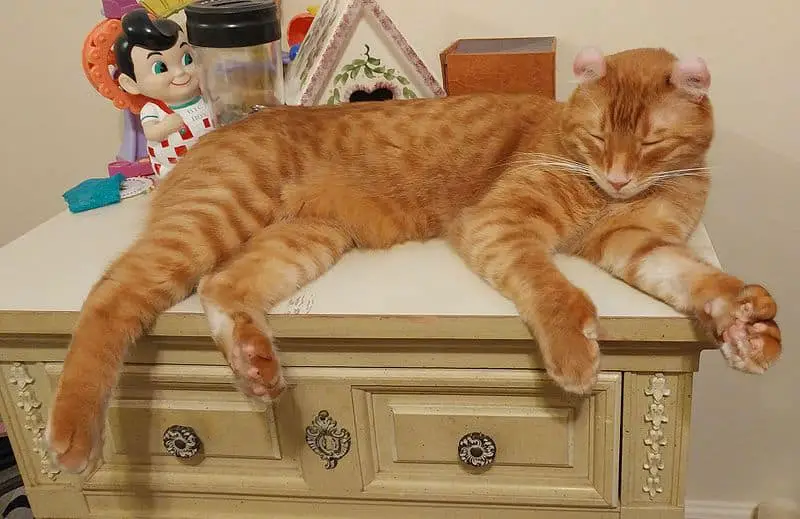
The highlander cat stands out for 3 primary reasons: its size, its peculiar ear shape, and the fact that it has a very small tail. The highlander cat is a cross between the Desert Lynx and the Jungle Curl. Because of this unusual mixture, the Highlander Cat has a very distinct appearance.
These cats can grow very large – females can grow to a size of 10 to 14 pounds and males can grow up to around 20 pounds! However, while these cats are large and have a feral-looking appearance they’re really not scary at all. They’re very friendly, playful, active, and confident cats that get along great with most people.
Pixie-bob
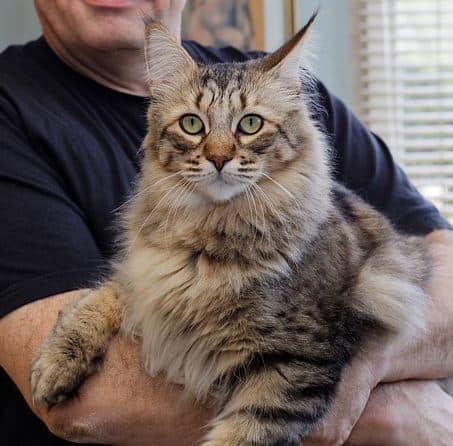
The Pixie Bobcat was first bred in Mount Baker, Washington in the 1980s, so it’s quite a new breed. This breed has an interesting backstory. In 1986, a woman named Carol Ann Brewer rescued a male cat that was remarkably large and reported to be the offspring of a bobcat (DNA tests later proved this rumor to be false). When she rescued the cat, it was starving but despite that, it still weighed 17 pounds and was so tall that it reached up to her knee! She named the rescued male cat Keba.
Later that year, Keba mated with a neighbor’s cat which resulted in a litter being born. Brewer kept one of the kittens and named it “Pixie”, which is where the name Pixie-bob comes from, and started a breeding program with Pixie as the foundation cat.
Pixie-bobs are characterized by their cute appearance, short tails, and deep-set eyes. Personality-wise, these cats are known for their intelligence, as well as their bold, friendly, active, and social behavior. They get along great with humans and other pets and love spending time in the same room as their owners. They also have a tendency to follow their owner around the house.
Japanese Bobtail
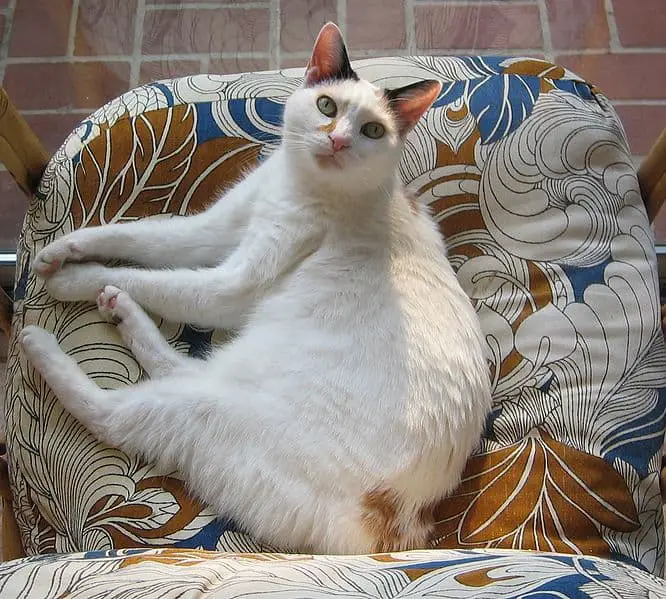
The Japanese Bobtail is characterized by its tail that resembles that of a rabbit because of how small it is. The reason why these cats have such a short tail is because of a cat body-type mutation that expresses itself in a short, kinked tail.
As the name suggests, this breed originated in Japan, but nowadays it’s found throughout the world. The first known person to have imported the Japanese Bobtail to the west is Elizabeth Freret, who in 1968 imported 3 Japanese Bobtail kittens into the United States. Since then, this breed has rapidly gained popularity and today there are a number of Japanese Bobtail breeders in the United States and Europe.
The Japanese Bobtail has an affectionate nature and is well suited for households with children. They’re also smart, loyal, playful, and full of energy, making them a great companion.
Mekong Bobtail
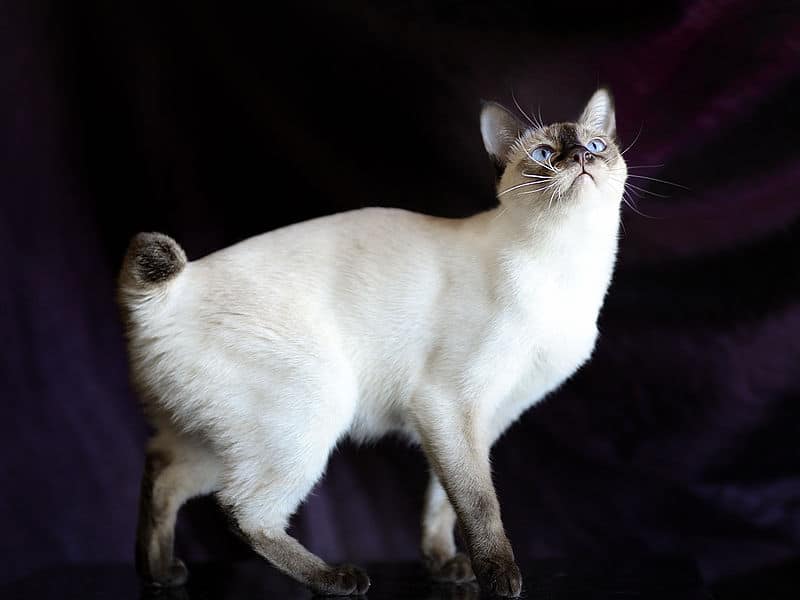
The Mekong Bobtail Cat comes from Thailand. It was originally named Thai Bobtail but has since been renamed Mekong Bobtail, after one of the most important rivers in Thailand. Interestingly enough, while this breed originates in Thailand, it was first developed as a breed in Russia and has been recognized as a distinct breed by the World Cat Federation since 2004.
The Mekong Bobtail is relatively easy to groom because of its short coat. It’s also a very intelligent, friendly, and affectionate cat that gets along well with other animals and children.
Kurilian Bobtail
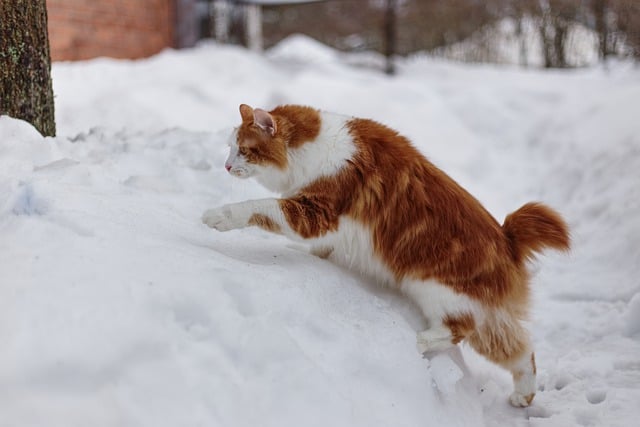
The Kurilian Bobtail is native to the Kuril Islands off the eastern coast of Russia, near Japan. The Kurilian Bobtail is possibly related to the previously mentioned Japanese Bobtail, but this is not entirely clear yet, it’s also possible that their bobtail is the result of a spontaneous genetic mutation occurring on the island.
The Kurilian Bobtail is especially popular in Russia and Europe while being relatively unknown in the United States. It’s an excellent hunter and fisher and loves to play in the water. Also, while the Kurilian Bobtail might have quite a wild look, it’s really a gentle cat that’s known for its kind and clever nature.
Karelian Bobtail
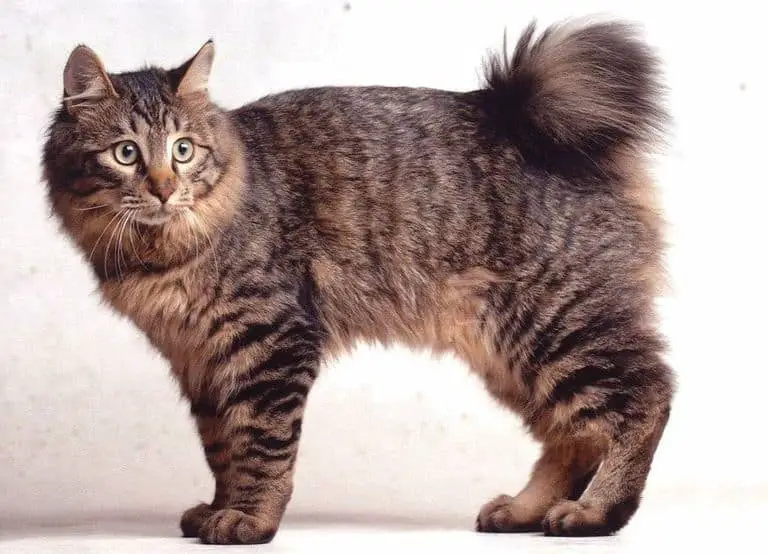
The Karelian Bobtail comes from the Republic of Karelia in Russia on the border with Finland. The Karelian Bobtail is often confused with the Kurilian Bobtail, most likely because their names are so similar. However, they are different breeds and have distinct appearances.
The Karelian Bobtail is a great family pet that is easygoing, inquisitive, friendly, loving, loyal, and playful. They’re also relatively quiet cats that don’t meow all that much. They enjoy the company of people and other pets and are a great addition to any household.
- How Long Do American Eskimo Dogs Live? Important Factors and Care Tips - September 29, 2023
- Do American Bulldogs Need Grooming? Essential Tips and Care Guidelines - September 29, 2023
- Do Bengal Cats Enjoy Playing? Essential Tips for Keeping Them Active - September 29, 2023